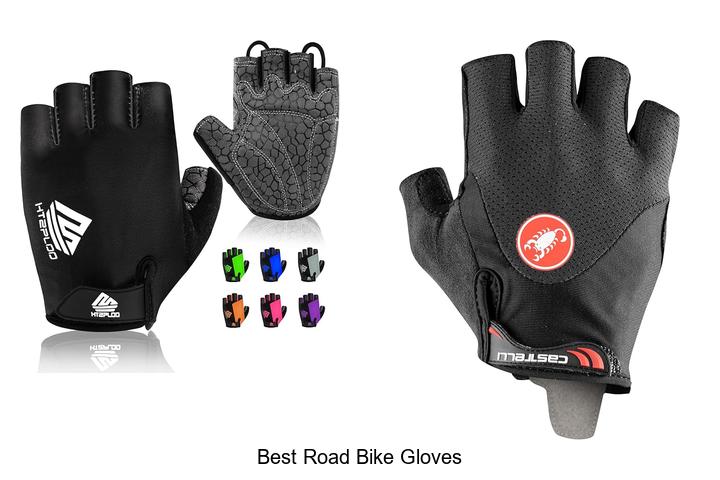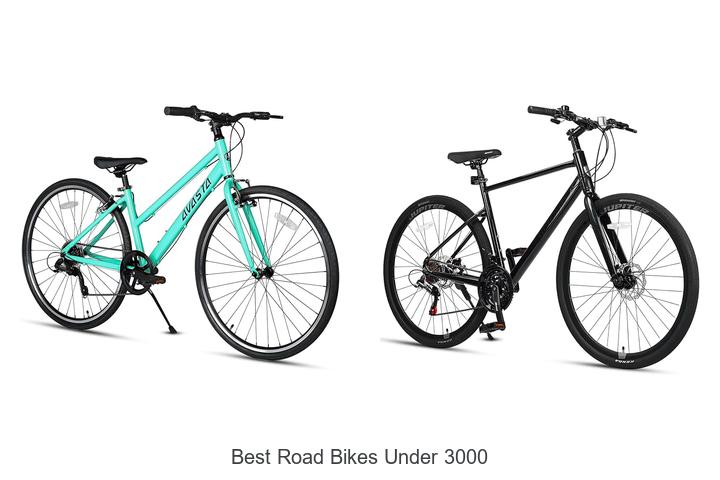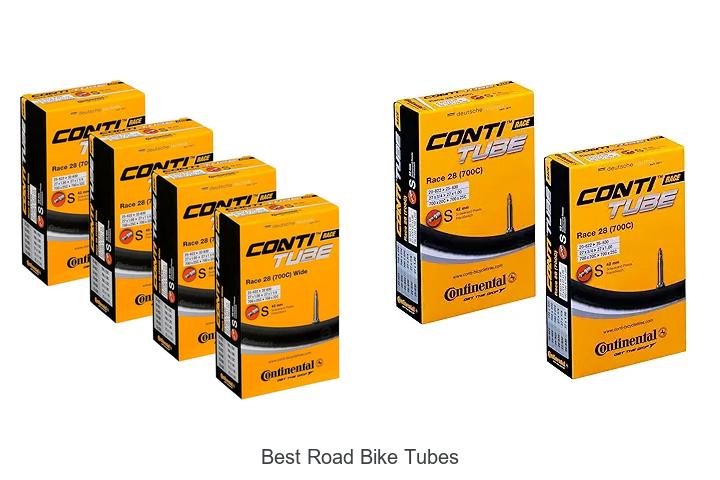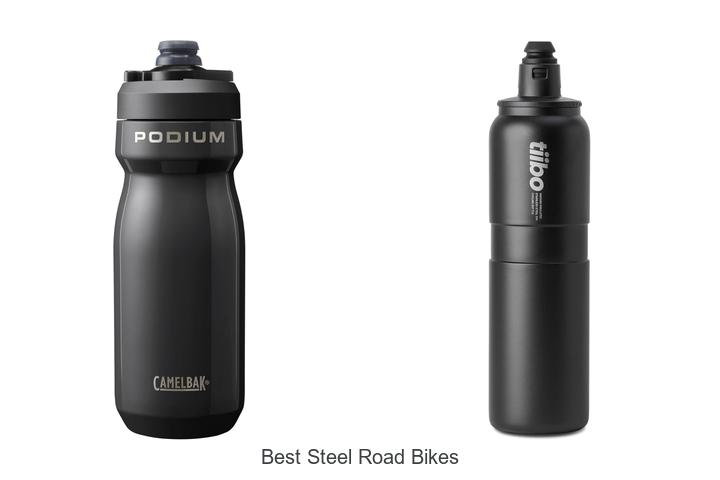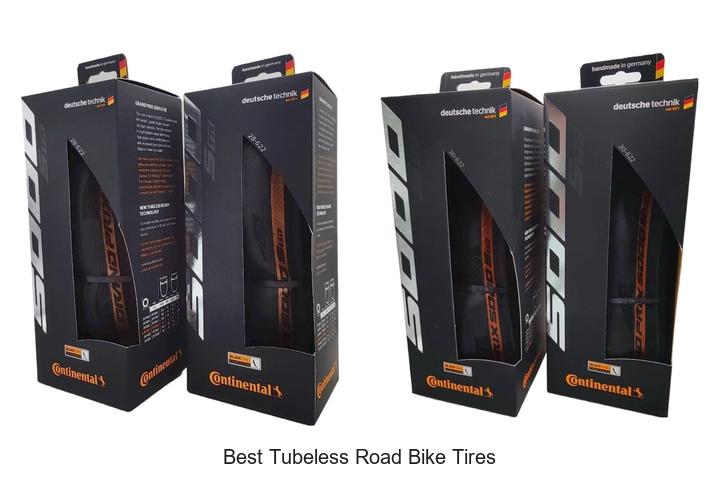When Is It Time to Change Road Bike Tires? Signs to Know
Knowing when to change your road bike tires can save you from unexpected flats and improve your ride’s performance. Tires wear down over time and can lose grip or become more prone to punctures. Paying attention to signs of wear helps you stay safe and enjoy smoother rides.
You might wonder how to tell if your tires are ready for a swap. It’s not just about the mileage but also the condition of the rubber and tread. By learning what to look for, you’ll know exactly when it’s time to replace your tires and keep your bike rolling efficiently.
Signs It’s Time to Change Road Bike Tires
Knowing the signs helps you replace tires before safety and performance decline. Focus on visible wear, damage, and performance issues to decide when to switch tires.
Visible Tread Wear and Cuts
Check your tires for worn tread and shallow grooves. Smooth or bald areas reduce grip and increase slipping risk. Inspect cuts or embedded debris that weaken the tire structure and cause slow leaks or sudden flats.
Frequent Flats and Punctures
Notice a rise in flats or punctures despite proper inflation and riding conditions. Recurrent tire damage often signals thinning rubber or hidden wear, which lowers puncture resistance and demands tire replacement.
Cracks and Dry Rot
Examine tire sidewalls and treads for small cracks or signs of dry rot. Exposure to sunlight, heat, and time degrades rubber elasticity. Cracked tires lose strength and increase blowout risk, making replacement necessary for safe riding.
Factors Affecting Tire Lifespan
Several factors influence how long your road bike tires last. Understanding these helps you predict when replacement becomes necessary and avoid unexpected failures.
Riding Conditions and Terrain
Rough roads, gravel, and debris accelerate tire wear and increase puncture risk. Frequent riding on abrasive surfaces like asphalt wears down tread more quickly than smooth pavement. Wet or muddy conditions cause rubber to degrade faster due to constant moisture exposure.
Tire Quality and Type
High-quality tires with durable compounds and reinforced sidewalls last longer than budget options. Performance tires designed for speed usually wear faster than puncture-resistant models made for commuting. Tubeless tires reduce punctures but may require more frequent pressure checks to maintain longevity.
Rider Weight and Riding Style
Heavier riders exert more pressure on tires, causing faster tread compression and sidewall damage. Aggressive riding with hard cornering and frequent braking increases wear compared to steady, moderate rides. Consistent high speeds generate more heat and rubber degradation over time.
How to Inspect Your Road Bike Tires Properly
Regular inspection of your road bike tires ensures safety and peak performance. Focus on key areas like tread depth, sidewalls, and tire pressure to spot wear or damage early.
Checking the Tread Depth
Start by examining the tread surface for visible wear indicators. Look for flattening or smoothing of the rubber where the tread pattern has faded. Use a tread depth gauge or a coin to measure remaining tread; less than 1mm indicates the tire needs replacing. Note multiple worn spots instead of isolated areas, as they signal general tire degradation.
Examining the Sidewalls
Inspect the sidewalls for cracks, cuts, or bulges that compromise tire integrity. Use good lighting to spot dry rot, which appears as fine cracks along the rubber surface. Pinch the sidewall gently; excessive softness or deformities suggest internal damage. Remember that small cuts or tears can expand under pressure and cause failure.
Assessing Tire Pressure and Performance
Check tire pressure with a reliable gauge and compare it to the manufacturer’s recommended range found on the tire sidewall. Consistently losing pressure might point to hidden punctures or bead damage. Evaluate ride quality; increased vibration or a squirmy feel during cornering often indicates worn tires. Adjust pressure accordingly but prioritize timely replacement if performance drops significantly.
Choosing the Right Replacement Tires
Choosing the right replacement tires ensures your road bike performs safely and efficiently. Focus on size, compound, and the balance between performance and durability when selecting new tires.
Matching Tire Size and Width
Determine your bike’s compatible tire size and width by checking the sidewall of your current tires or the bike’s manual. Use exact measurements like 700x25c or 700x28c to ensure proper fit. Select a tire width that matches your riding style and frame clearance; wider tires provide comfort and better grip, while narrower ones reduce rolling resistance for speed. Verify that your rims can accommodate the tire width to prevent installation issues.
Considering Tire Compound and Durability
Choose tire compounds based on your priorities. Softer compounds offer superior grip but wear quicker. Harder compounds extend tire life but may sacrifice traction. Look for tires with puncture-resistant layers—these reduce flats without adding excessive weight. Brands often list expected mileage; for example, high-end tires can last 2,000 to 3,000 miles, while budget options may wear out in under 1,000 miles.
Balancing Performance and Longevity
Balance the need for speed and durability by selecting tires that match your riding conditions. If you ride aggressively or race, prioritize lightweight, high-performance tires with a softer compound. If you cover long distances or rough terrain, opt for more durable tires with reinforced sidewalls and puncture protection. Assess your riding patterns and terrain carefully to find the best compromise between fast, responsive tires and those that last longer.
Tips to Extend the Life of Your Road Bike Tires
Maximizing the lifespan of your road bike tires saves money and boosts safety. Maintaining your tires properly, inflating them correctly, and avoiding damaging riding conditions all help keep tires in top shape longer.
Proper Tire Maintenance
Regularly cleaning your tires removes debris that causes wear and punctures. Inspect your tires for cuts, cracks, or embedded objects every few rides. Rotate your front and rear tires if possible, since rear tires often wear faster. Store your bike in a cool, dry place to prevent rubber degradation from heat or UV exposure.
Correct Inflation Techniques
Check tire pressure before every ride using a reliable gauge. Inflating tires within manufacturer-recommended ranges prevents excessive wear and pinch flats. Adjust pressure based on your weight and terrain but never let tires run below the minimum pressure. Use a floor pump with a pressure gauge for accuracy.
Avoiding Harsh Riding Conditions
Minimize riding over rough roads, sharp debris, or potholes that quickly degrade tires. Avoid gravel or wet surfaces when possible, since moisture and abrasive materials accelerate wear. Slow down when cornering aggressively, as skidding damages tread, reducing tire life and grip.
Conclusion
Knowing when to change your road bike tires is key to staying safe and getting the best ride possible. By staying alert to wear signs and understanding the factors that affect tire life, you can avoid unexpected flats and maintain smooth performance.
Taking the time to inspect your tires regularly and choosing the right replacements will keep you confident on every ride. With proper care and timely changes, your tires will serve you well mile after mile.
Frequently Asked Questions
When should I replace my road bike tires?
Replace road bike tires when you notice visible tread wear, cuts, cracks, dry rot, frequent flats, or if tread depth is less than 1mm. Inspecting rubber condition is more important than mileage.
What factors affect the lifespan of road bike tires?
Tire lifespan depends on riding conditions, terrain, tire quality, rider weight, and riding style. Rough roads, wet conditions, heavy riders, and aggressive riding cause faster wear.
How do I inspect my road bike tires properly?
Check tread depth, sidewalls for cracks or cuts, and tire pressure. Use a tread depth gauge or coin to measure tread. Look for bulges or dry rot, and keep tire pressure within manufacturer recommendations.
How do I choose the right replacement tires?
Choose tires based on your bike’s compatible size and width, riding style, and conditions. Consider tire compound for grip versus durability and balance performance needs against tire longevity.
What are the best ways to extend the life of road bike tires?
Extend tire life by maintaining proper inflation, cleaning regularly, rotating tires, avoiding rough terrain, and storing your bike in a cool, dry place. Check tire pressure before every ride.
Can riding style really impact tire wear?
Yes, aggressive riding with hard cornering and frequent braking increases tire wear, while smooth, controlled riding helps preserve tire life.
Why is tire pressure important for tire longevity?
Maintaining correct tire pressure prevents unnecessary wear and reduces the risk of punctures. Under-inflated tires wear faster and are more prone to damage.
How often should I check my tire pressure?
Check tire pressure before every ride to ensure it’s within the recommended range and to detect any leaks or pressure loss early.
Are high-quality tires worth the investment?
Yes, high-quality tires typically last longer, provide better grip, and resist punctures more effectively than budget options, offering better value over time.
What signs indicate dry rot in bike tires?
Dry rot appears as small cracks on the tire sidewalls or tread, making the rubber brittle and increasing the risk of blowouts; if present, replace the tire promptly.
